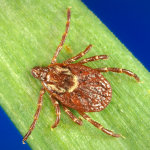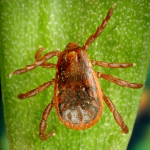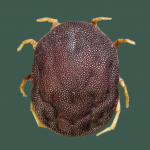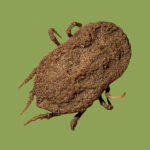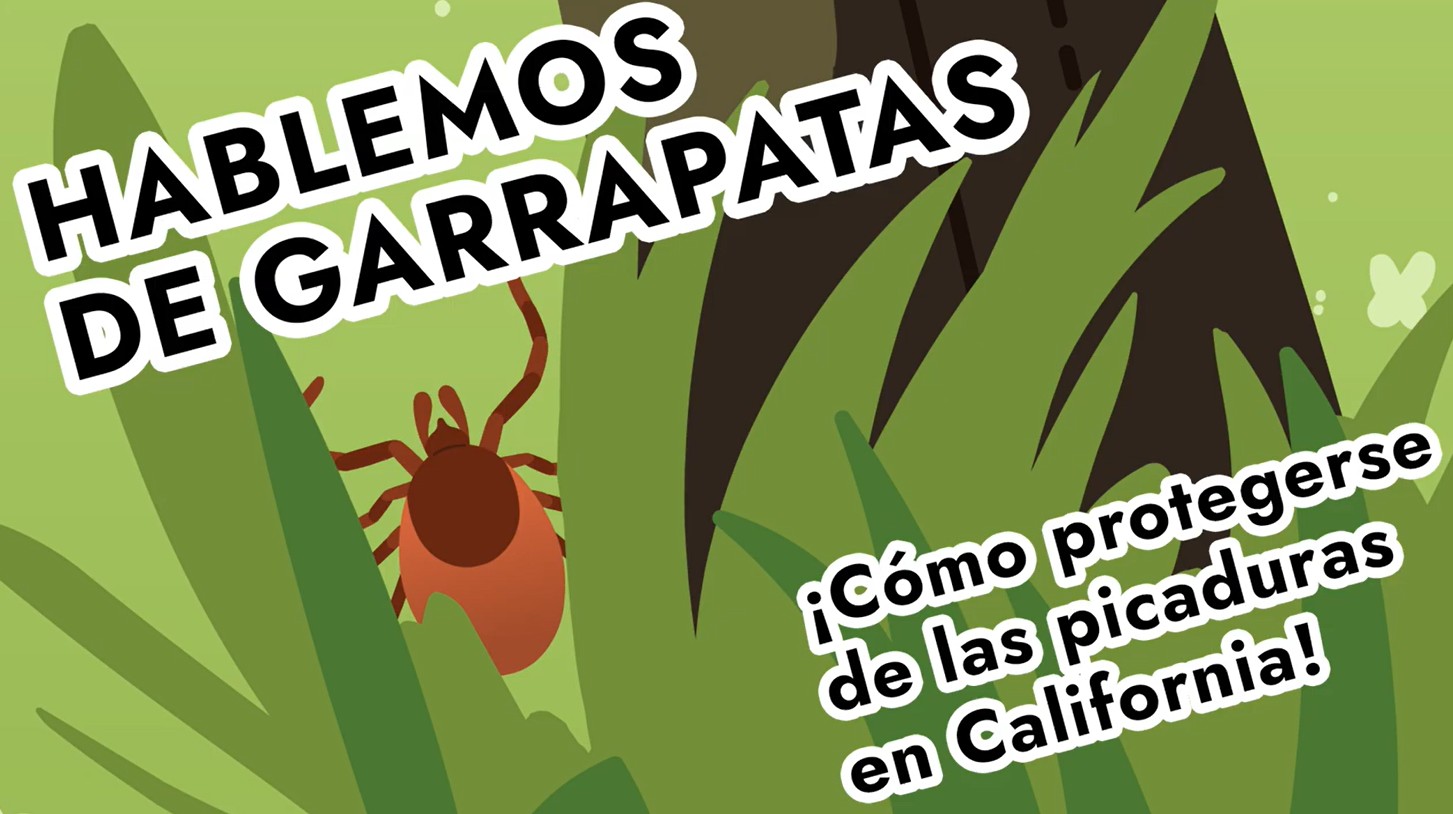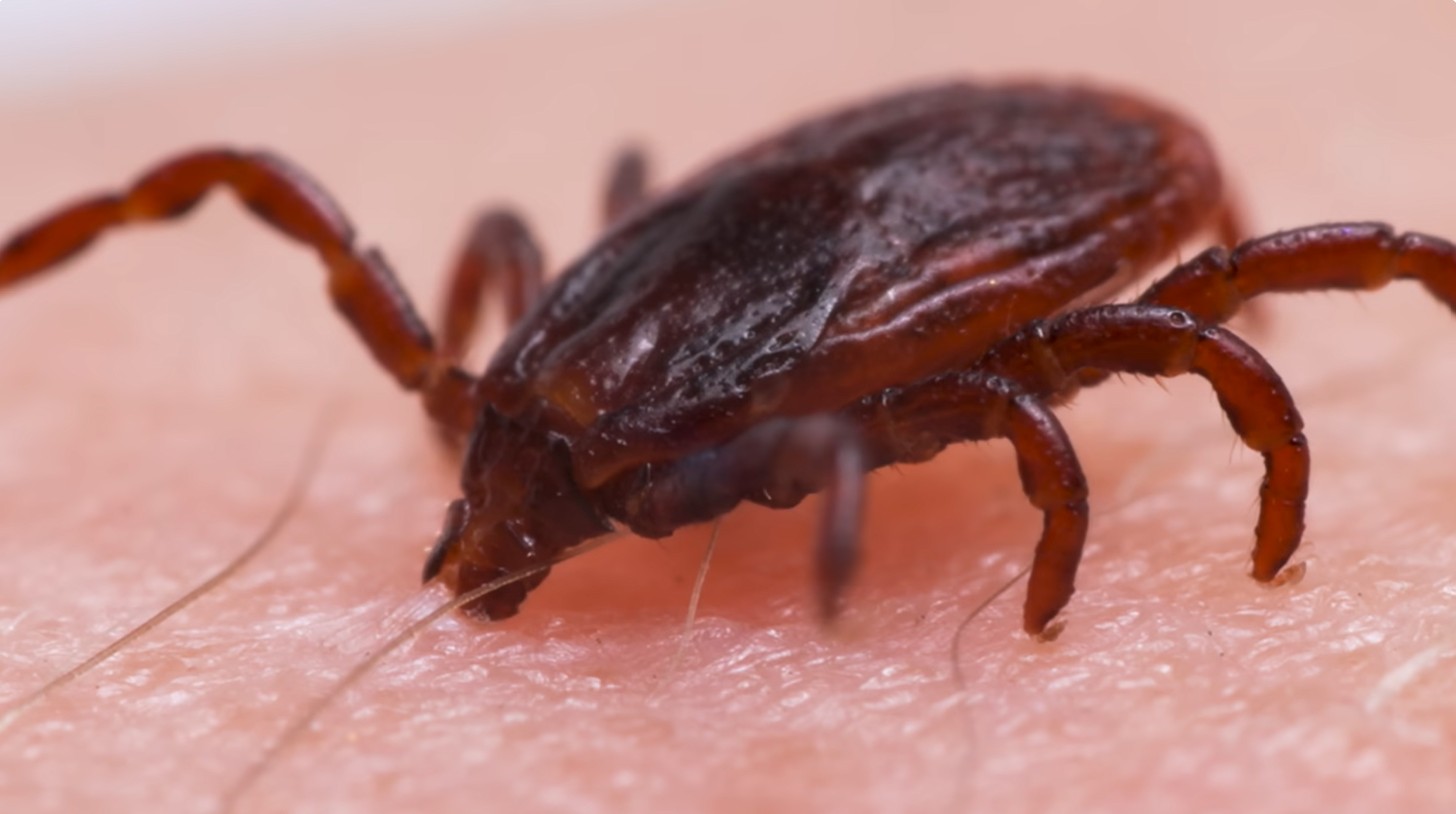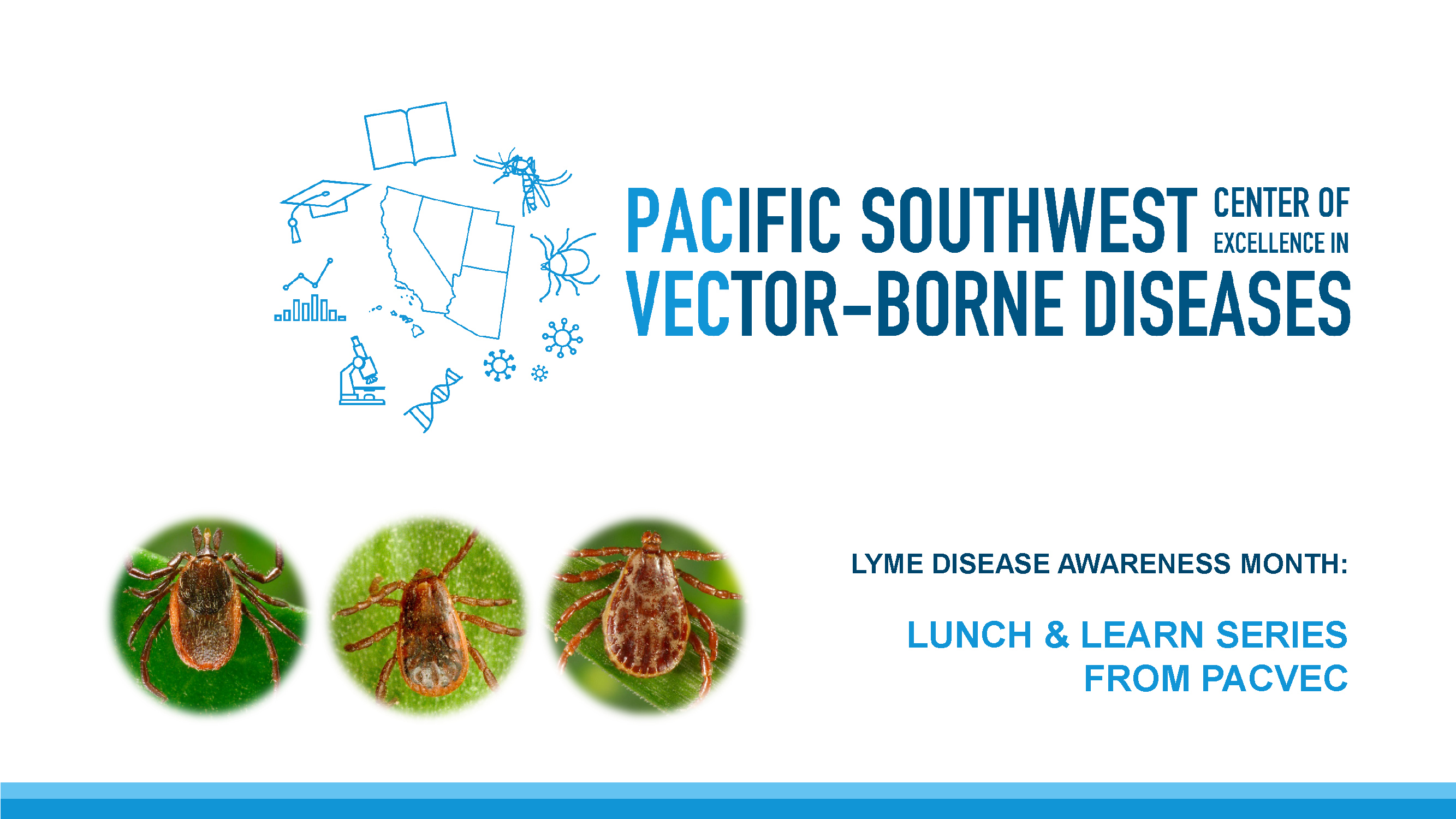TICKS OF THE PACIFIC SOUTHWEST
There are 48 tick species in the Pacific Southwest with a number of tick species that commonly carry and spread pathogens through biting. Ticks are divided into two main families: hard ticks (Ixodidae) and soft ticks (Argasidae). The tick species identified below pose health risks for both humans and animals in the Pacific Southwest.
HARD TICKS (Ixodidae)
SOFT TICKS (Argasidae)
TICK RESOURCES
Ticks and Tick-Borne Diseases in the PacVec Region
Brown Dog Ticks and Rocky Mountain Spotted Fever
- Brown dog ticks and Rocky Mountain spotted fever – English (UArizona)
- Garrapatas marrones del perro y fiebre maculosa de las Montañas Rocosas – Spanish (UArizona)
- Protect yourself and your family from Rocky Mountain spotted fever – English (UArizona & BiTeRS)
- Rocky Mountain spotted fever – English (CDC)
- The brown dog tick and epidemic Rocky Mountain spotted fever in Arizona and northwestern Mexico (UArizona)
- Rocky Mountain spotted fever (AZDHS)
- Spotted fever group Rickettsia (CDPH)
- RMSF communication materials (CDC)
- RMSF Picture Guide (CDC)
Tick Control and Management
Tick Bite Prevention
- Keep ticks off you (CDPH)
- Avoiding ticks (CDC)
- Brown dog ticks and repellents (UArizona)
- Personal repellents (UArizona)
Tick Control in the Environment
Tick Control for Pets
Resources for Medical and Veterinary Professionals
Resources for Kids
- Tick Bite Prevention
- Tick Removal
Tick exposure can occur year-round. Before you go outdoors, it is important that you:
Know Where to Expect Ticks:
- Ticks can be found in areas with grass, shrubs, logs, large rocks, or fallen leaves.
Use Repellents:
- Use Environmental Protection Agency (EPA) registered insect repellents containing DEET, picaridin, IR3535, Oil of Lemon Eucalyptus (OLE), para-menthane-diol (PMD), or 2-unecanone.
- Follow directions and reapply as needed.
- Parents should apply this product to their children, avoiding hands, eyes, and mouth. Do not use products containing OLE or PMD on children under 3 years old.
Wear Protective Clothing:
- Wear long sleeves and pants when possible.
- Treat clothes and shoes with permethrin that kills ticks. This remains protective through several washings.
- Pre-treated clothing is available and may be protective longer.
When you’re spending time outdoors…
Take Precautions:
- Avoid logs and areas with high grass or fallen leaves.
- Walk in the center of trails.
After you come indoors, make sure you:
- Check your clothing for ticks and tumble unwashed clothes in the dryer on high heat for 10 minutes to kill remaining ticks
- Examine gear and pets.
- Shower within two hours or as soon as possible, to wash off ticks.
- Do a full body check. Ticks are usually found in the areas indicated in the graphic.
It is recommended that you do a second tick check 1-2 hours after coming indoors.
If you find a tick crawling on you, brush it off.
If you find a tick attached to your skin, remove it quickly.
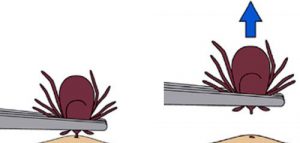
Use a fine-tipped tweezers to grasp the tick as close to the skin’s surface as possible.
- Pull upward with steady, even pressure. Don’t twist or jerk the tick; this can cause the mouth-parts to break off and remain in the skin. If this happens, remove the mouth-parts with tweezers. If you are unable to remove the mouth easily with clean tweezers, leave it alone and let the skin heal.
- After removing the tick, thoroughly clean the bite area and your hands with rubbing alcohol or soap and water.
Ways to Dispose of a Live Tick:
- Submerse it in alcohol
- Place it in a sealed bag/container
- Wrap it tightly in tape
- Flush it down the toilet
Never crush a tick with your fingers! For more information, visit CDC.
GOT TICKS? CONTACT BiTeRS!
The Border Tick and Rickettsia Surveillance (BiTeRS) program of PacVec offers services to enhance surveillance for ticks and tick-borne pathogens of human health concern in California and Arizona.
The Pacific Southwest Regional Center of Excellence in Vector-Borne Diseases is supported through Cooperative Agreement Number 1U01CK000649 between the Centers for Disease Control and Prevention (CDC) and the University of California, Davis.
© 2025 – All rights reserved

